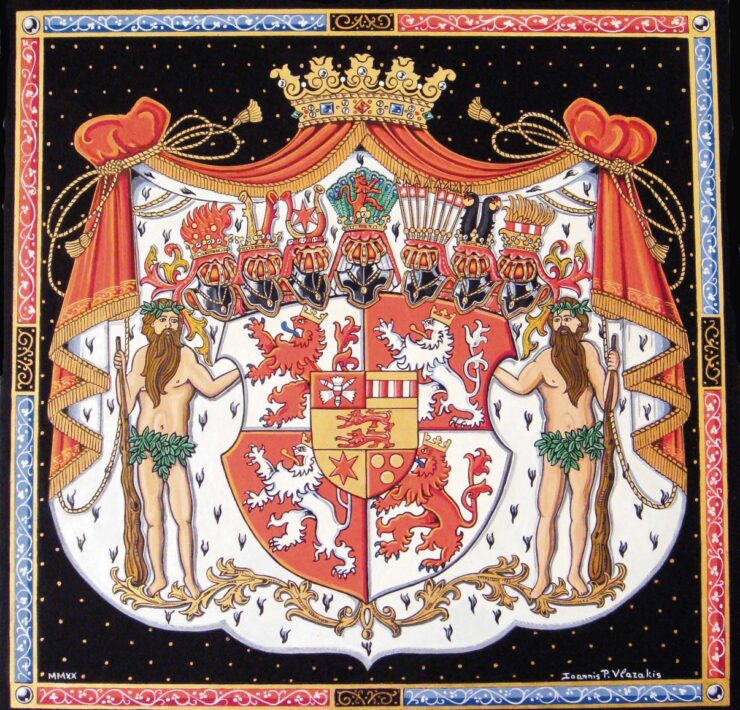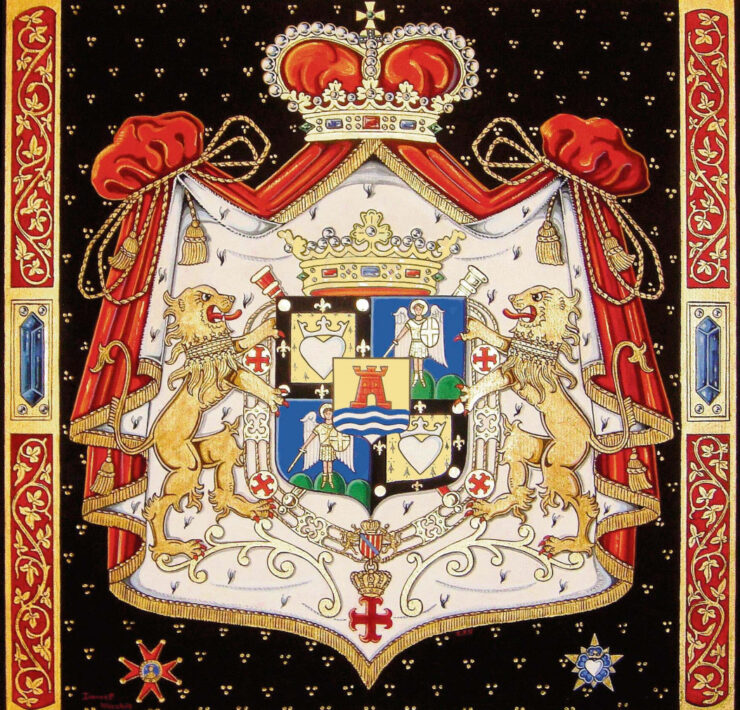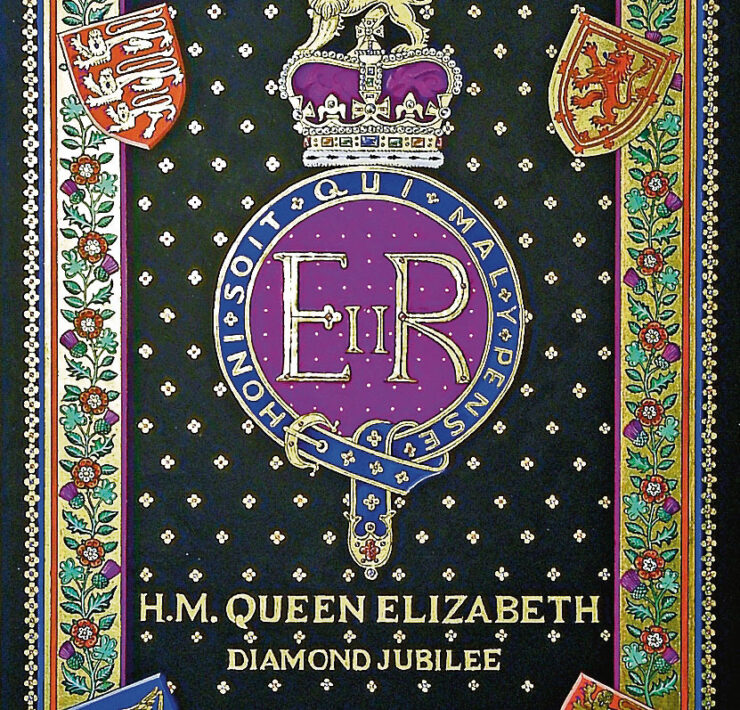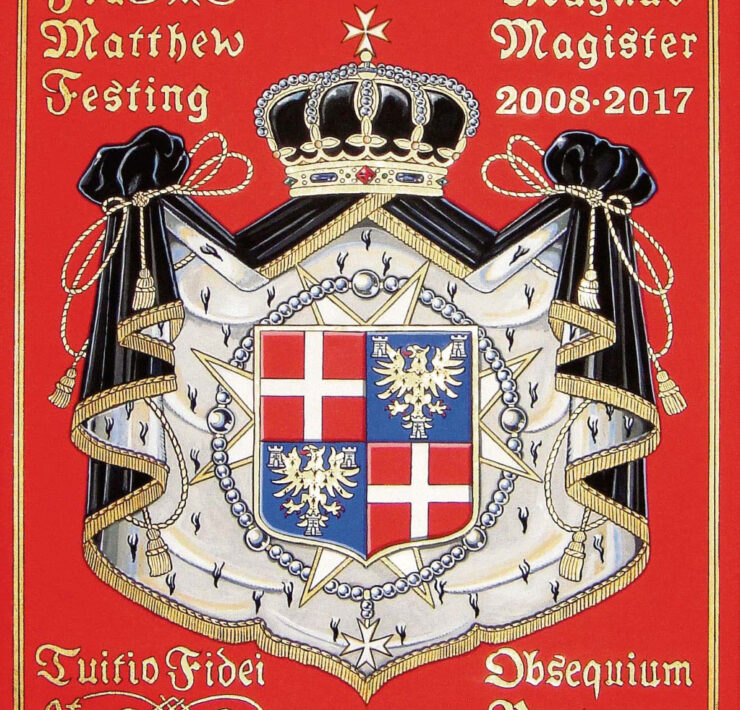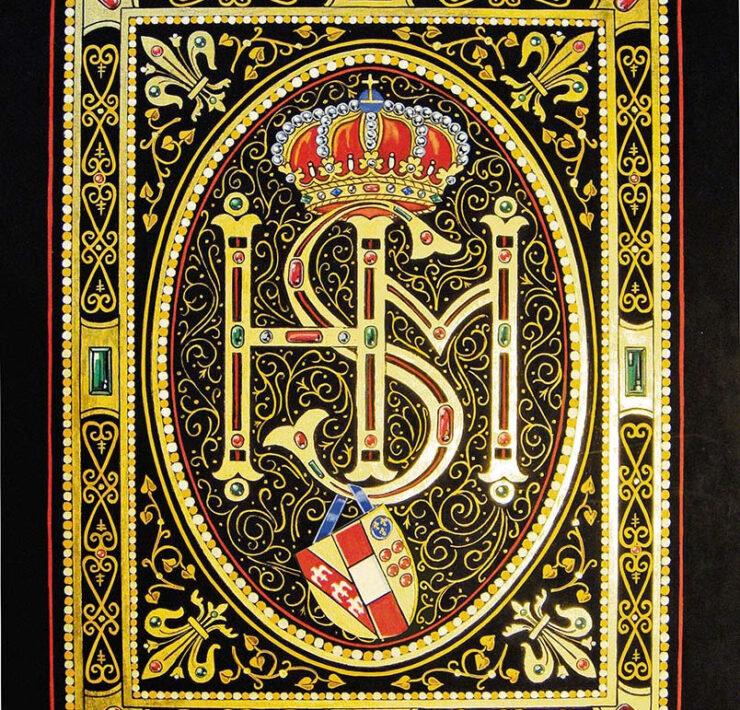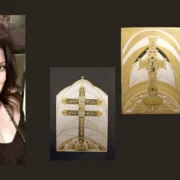Heraldic – The Elite Art of Heraldry
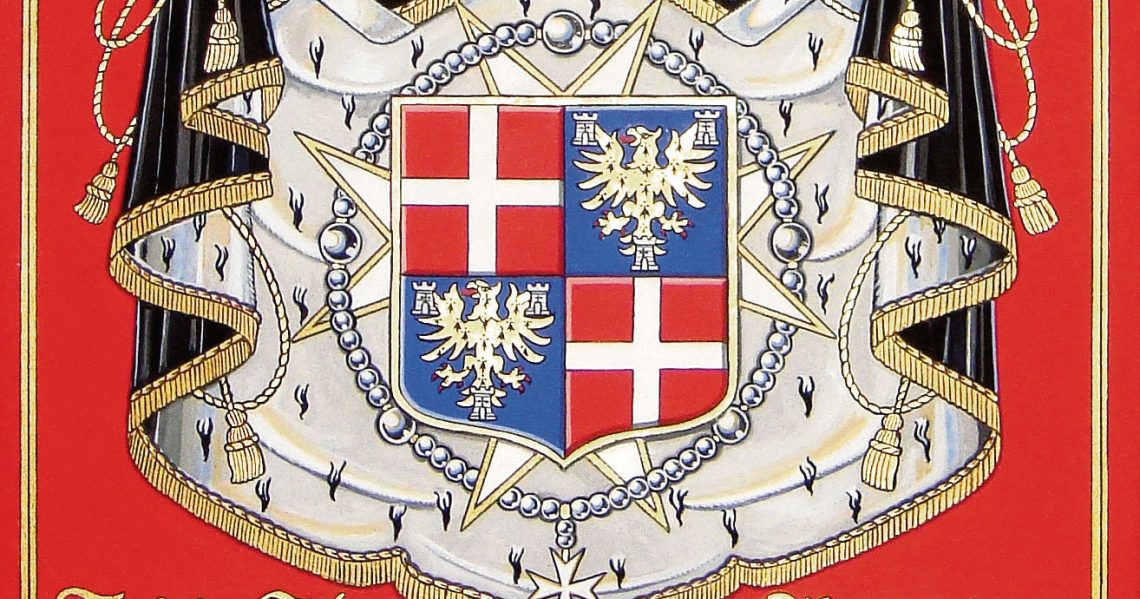
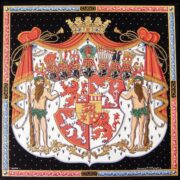
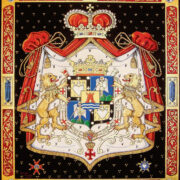
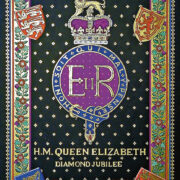
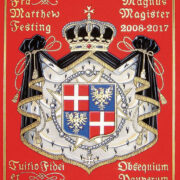 +1
+1 More or less, all of us have wandered in large or small cities abroad and in Greece and it is not a few times that the gaze is magnetized by the image of medieval emblems that dominate buildings, monuments, Churches, Museums and elsewhere.
The power of these emblems with their high symbolism, the intensity of their colors, their mysterious character seduce the mind and travel our thoughts to times with princes and kings, to knights in shining armor, to the noisy courtyards of nobles in feudal Europe, to beautiful ladies who crowned with flowers the arms of the victors in the tournaments, and other similar images of romantic and chivalrous ideal.
But what is the history of these ancient emblems that we call Coats of Arms? Where did they come from and what was their use? What is their position nowadays?
But let’s start from the beginning: Heraldry – a word of French-German roots, is a Scientific Branch of History that has as its object the study, evolution, identification of the coats of arms from ancient times to the present day. Respectively, it is a specialized art form that is governed by specific painting rules, with specific terminology, has a special color palette and requires a series of high painting virtues on the part of the aspiring “heraldic artist”.
From the beginning of the human civilization, man has used symbols in an attempt to explain his beliefs, his culture and his uniqueness in general. This natural effort for self-determination has led these symbols to be systematized in such a way that they can represent both a single individual and even an entire society. The “System” of Heraldry as a science and as an art as we know it today, was evolved systematically during the 12th century.
A key element in the evolution of coats of arms was the battlefield and the need for discrimination – recognition of enemies by friends. After all, we are in an era where the concept of a regularly organized army as we know it today did not exist. So in warfare, where armies clashed hand-to-hand in a frantic whirlwind of bloodshed and death, with armor gradually covering the fighter’s entire body and head, the need for recognition became more urgent than ever. The solution to the problem was simple and effective: Brightly colored contrasts covered large areas of the warrior’s equipment, focusing on his shield.
From the middle Ages to the present day, the Heraldry was praised, misunderstood and persecuted. Typical example was that during the French Revolution, people turned against these emblems, destroying them as representative symbols of oppression by the aristocracy. In fact in 1790 2/3 of France’s coats of arms were not noble coats of arms.
After a period of decline between the two world wars, there is again a growing interest in Coats of Arms. Nowadays, Heraldry is flourishing again on a global level, as it is systematically studied in a scientific context, while the artists who specialize professionally in this kind of art are considered continuation of a long painting tradition that has more than 900 years of history.
Nowadays coats of arms are again used as a kind of social status, recognition, prestige and solvency. Companies, Army, Health Institutions, Schools and Universities, Ecclesiastical Authorities, Sports Teams Libraries, are just a few of the institutions that use them extensively. At the same time hundreds of private – brand new coats of arms are created and registered every year. Their owners, either for personal – family or professional reasons, decide to acquire such a special work of art, maintaining through it, a living family tradition – an identity through time.
Heraldic art is a truly unique art and a unique science, which even in the century we are, manages to maintain not as an outdated museum art, addressed to dusty historians and eccentric scholars, but is an ever-changing living organism that develops, constantly renewing its nature and constantly keeping pace with the requirements of the modern era.



